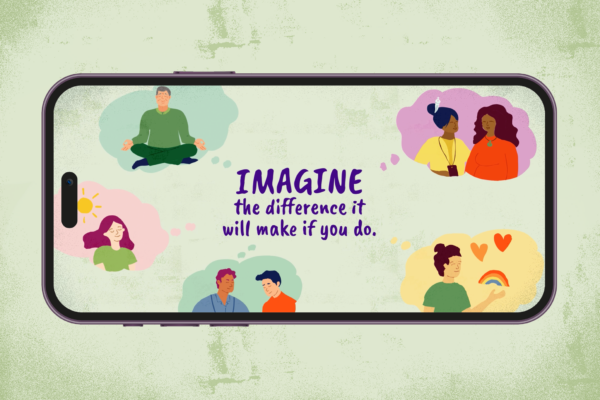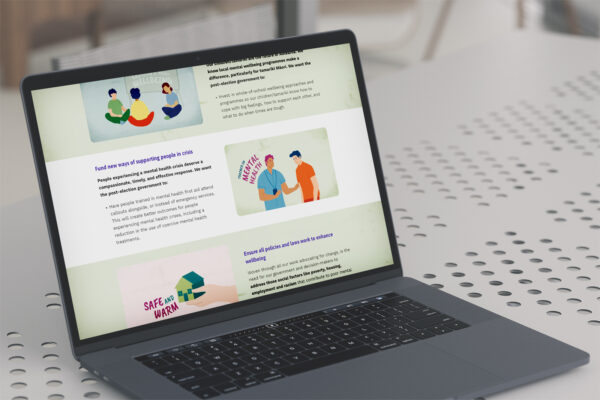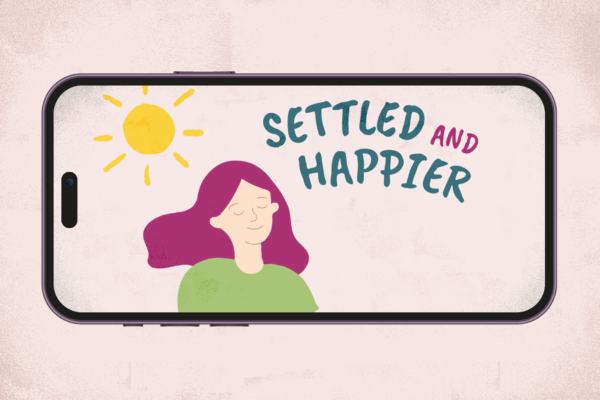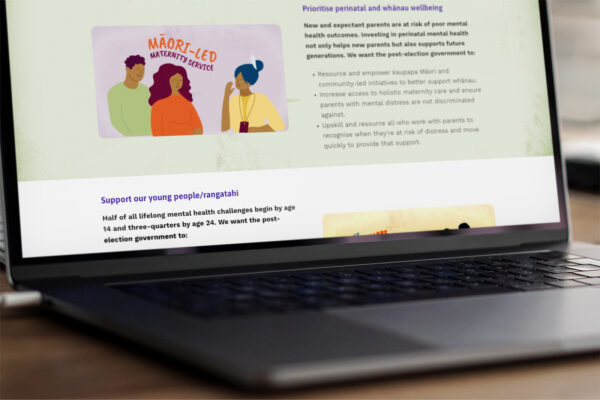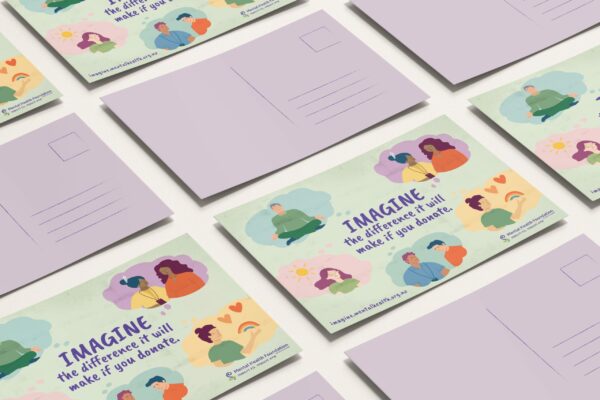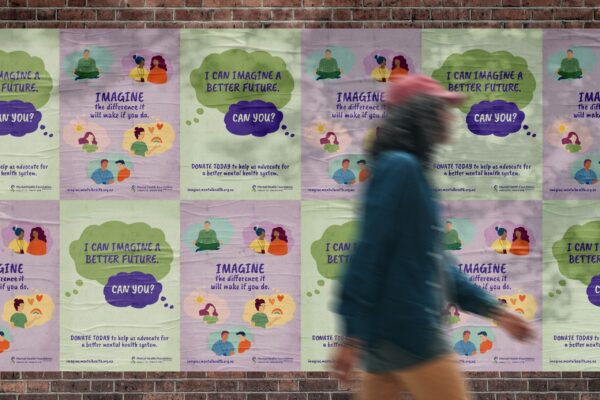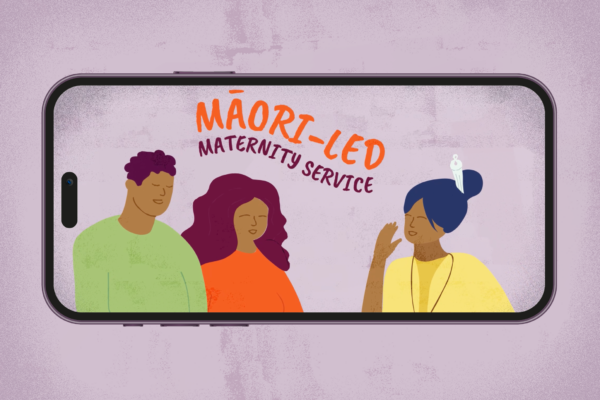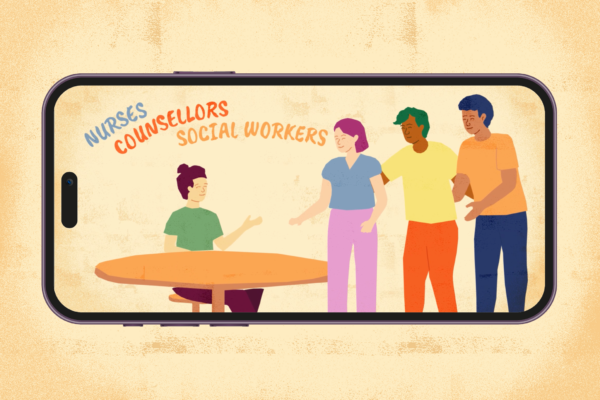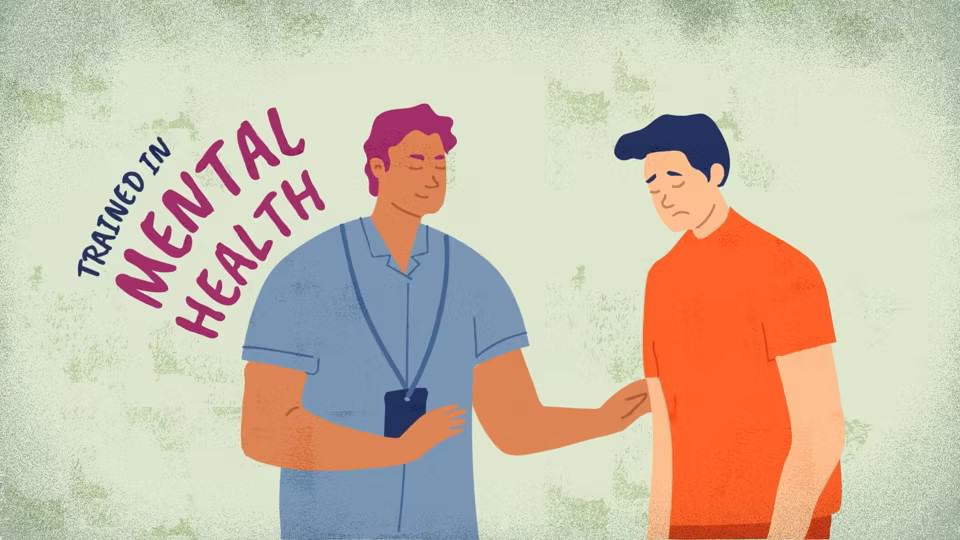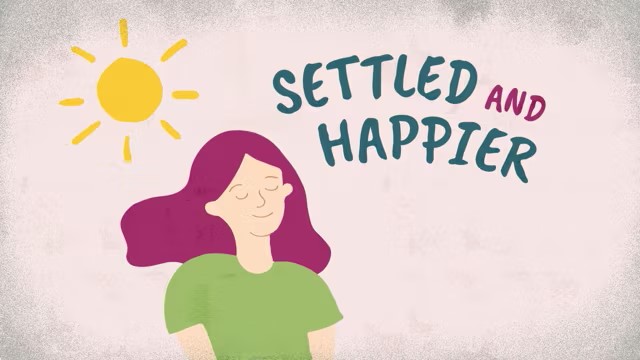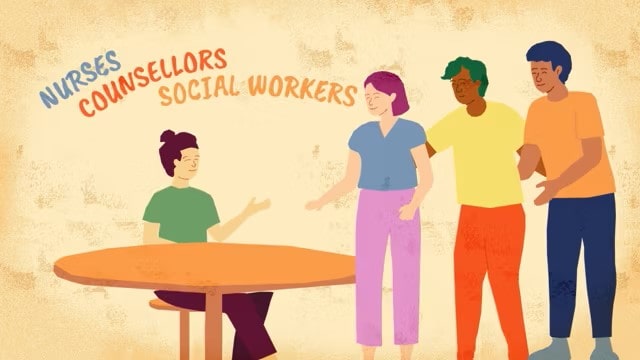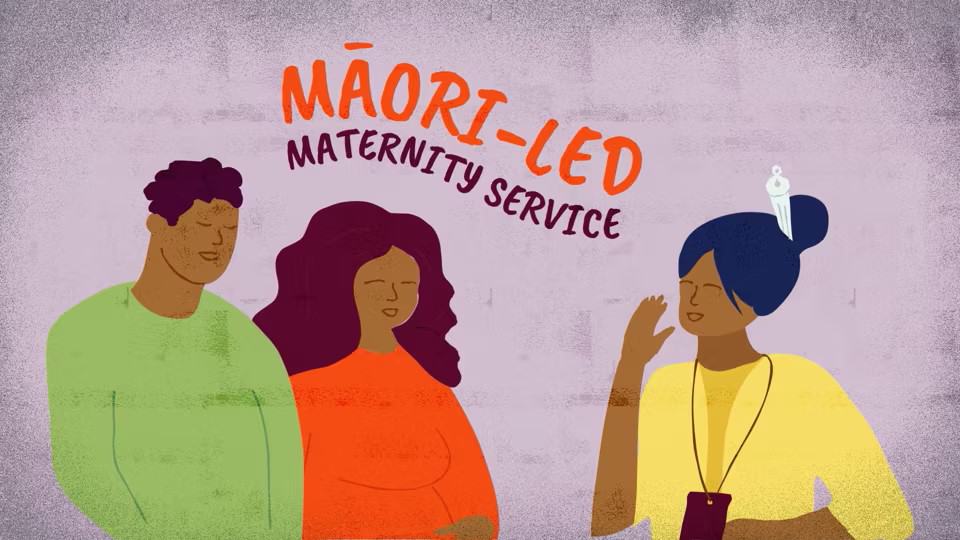Mental Health Foundation of New Zealand
Client
Work
Brief
The Mental Health Foundation is charity that works at creating a society free from discrimination for positive mental health & wellbeing. Wonderlab worked with their team to convey the story of mental health suffers at odds with a system supposed to support them. We worked to realise real ‘lived experiences’ against an imagined back-drop of a better system and outcomes through storytelling and animation.
The objectives
Visualise real mental health crisis scenarios through animation and pose better outcomes without distressing sufferers.
The goal
Be authentic: Represent. Convey experiences’ of real people while remaining respectful. Be aspirational: Paint a positive alternative reality that feels entirely achievable. Be challenging but stay positive: Ensure the suffering is genuine but show there’s opportunity.
The process
Working collaboratively, we first established an iconic style that would have broad appeal. Then we focused on truely representing people who had suffered the pitfalls of the current system. Re-telling stories in mini-form of diverse individuals on journeys to mental health.
The deliverables
A suite of graphics and five individualised animated video stories plus one combined animation, for use in social media and digital channels. Powerful online storytelling to convey painful experiences contrasted against a positive alternative for an improved future mental health system.
Outcome
Through creative illustration and animation we were able to tell an authentic story, in medium that best fit the subject matter.
The Wonderlab long read on: Animation
How animation illustrators help communicate difficult subjects
Animation and illustration is often used as a tool to make difficult subjects more palatable for viewers. Animation can be instrumental in conveying complex topics like mental health, which can be challenging to discuss openly and honestly. If done correctly, it can help open up conversations and create an atmosphere of understanding and compassion. Here are some ways animation design can help communicate difficult subjects like mental health:
• A Narrative Focused on Realism: One of the most effective ways to use animation to discuss mental health is to focus on realism. This means creating stories that feel deeply personal, even if they feature characters or scenarios that don’t exist in real life. By introducing characters who have relatable struggles and challenges, viewers can gain empathy and insight into their own issues.
• Visual Metaphors: Visual metaphors are a powerful tool in animation, as they allow creators to portray abstract concepts in a tangible way. For instance, depicting mental states as physical objects or abstract landscapes can help viewers better understand complicated emotions. Using this technique will also encourage viewers to think outside of the box and stimulate meaningful discussions about mental health.
• Color Theory: The colors used in animation can have a significant impact on the mood and tone of a story. In terms of mental health, soft, muted tones can evoke feelings of peace, while brighter, vibrant colors might signify a sense of strength and courage. Experimenting with different hues can help create an emotional journey that viewers can relate to.
• Unique Perspectives: Animation gives creators the freedom to explore different perspectives that may not be represented in other forms of media. By featuring diverse voices, creators can provide a space for viewers to gain valuable insight into mental health from multiple angles.

















